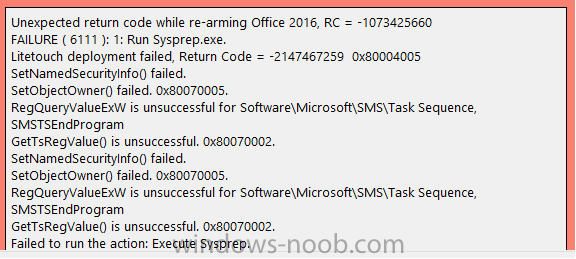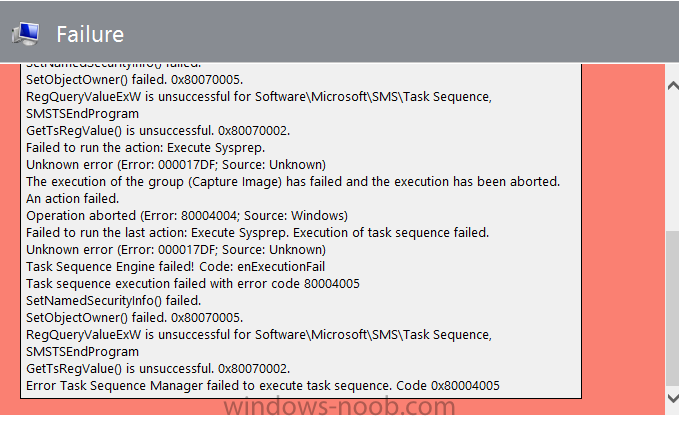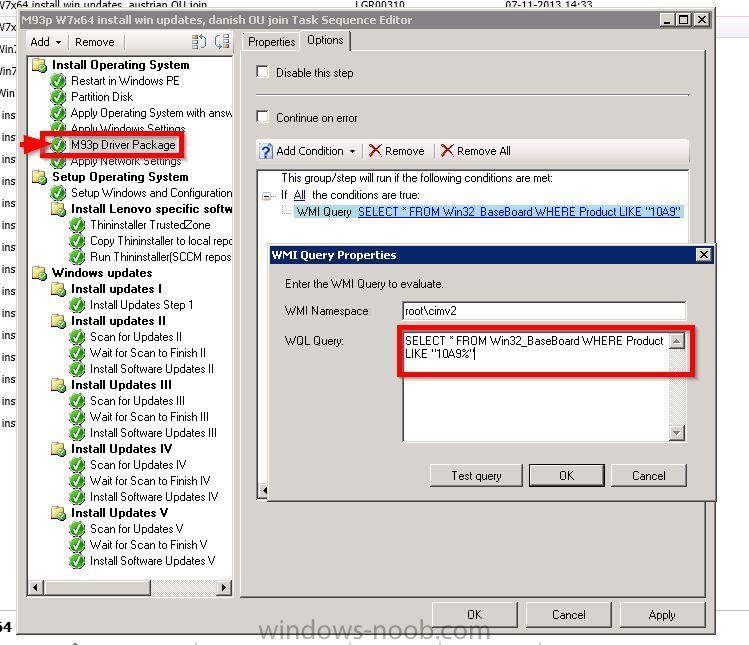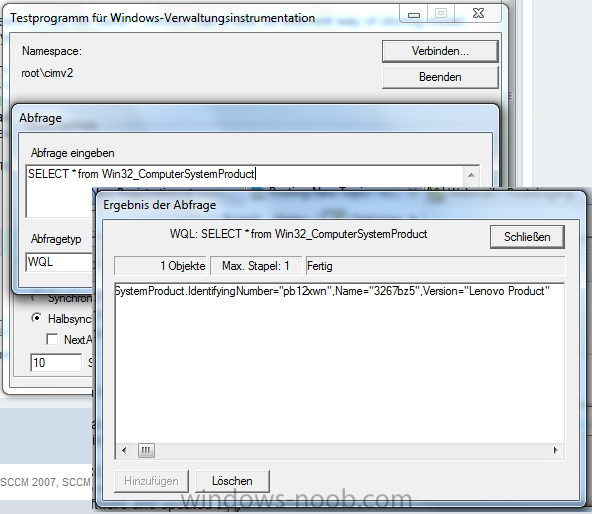Search the Community
Showing results for tags 'lenovo'.
-
Those of you that were interested in Microsoft Ignite in Florida recently, would have probably noticed me tweeting ecstatically that I was delighted about receiving a Lenovo P1 from @Joe Parker (Principal Engineer, Manager at Lenovo). This was the culmination of conversations held via twitter a...
-
Hey guys Got a new machine, to image. Imported all the drivers as usual, and the network driver was already in the boot image from an earlier model that uses the exacy same network driver. ( already double checked this to ) Turned off secure boot in the Bios, and attempted to pxe bo...
-
I am trying to figure out a way to use a SCCM task sequence to set the initial screen resolution on our laptops. The Lenovo X1 Carbons have a super high resolution and I'd like to set those setting to 1080p. Any ideas? Everything I see about this seems to deal with resolution during PXE. I just want...
-
I am trying to deploy our windows image to a new group of Lenovo ThinkCentre M72e (4004) when they pxe they would just reboot. I pxe booted again and hit f8 did an ipconfig and no network address. I know the NIC is a relteck so I went to the site download the nic drivers for windows 7 and imported...
-
Hi. Edit 5. I have created the same thread at forums.lenovo.com as they may have more insight into this matter. Anyway, it seems that my ThinkCentre has forgotten who he is. I have a ThinkCentre M72e (3267-BZ5). I deployed Win7 ENT x64 and tried to install driver packages with conditions...







